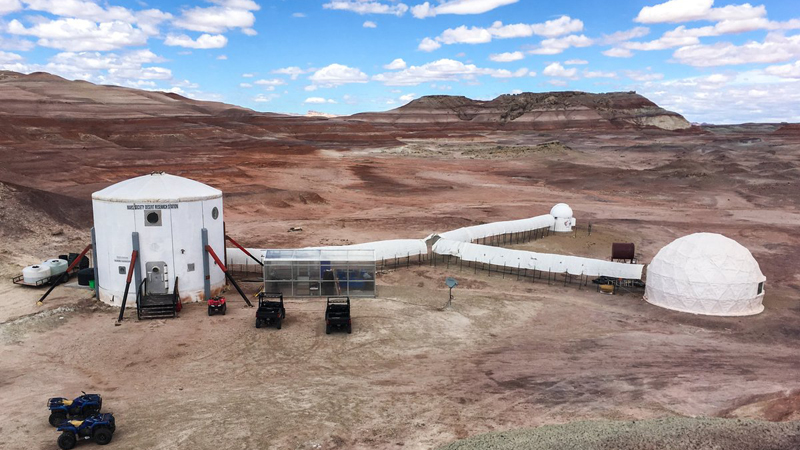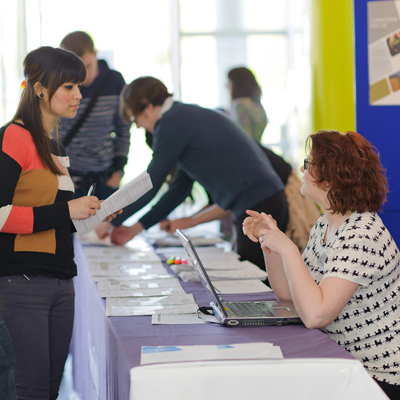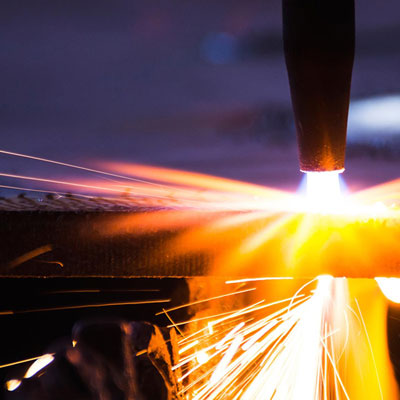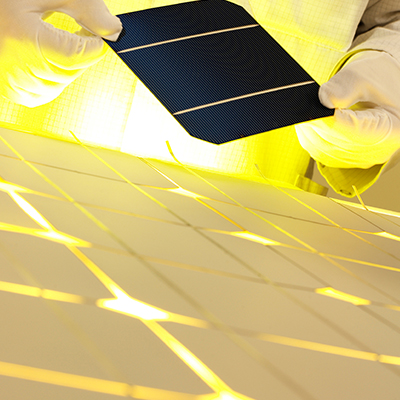
An all-female crew will visit the Mars Desert Research Station in Utah aiming to fill the data gap on women’s performance in space exploration. Six engineers, geologists and scientists, all under 28-years-old, will be going to the Mars simulation centre for a two-week mission in February 2021.
Marta Ferran Marques is one of the crew founders and is a current PhD student at Cranfield University. Formerly a nanotechnologist, Marta completed Cranfield’s Aerospace Materials MSc and says this inspired her to study space: “I would love to be an astronaut. Learning about materials for space exploration really sparked my interest, as did reading more about Scott Kelly and Tim Peake. Going into space and seeing something that no-one else can see is very exciting. Using space exploration for research can help people on Earth; it can impact on everything from healthcare to the natural world.”
The crew will be living in Mars-like conditions at the research station, including having to wear astronaut spacesuits when they venture outside for EVAs (Extra-Vehicular Activity) experiencing delays in messaging transmission, and following a strict diet as they would in space. The desert area in Utah mimics the Martian landscape, and the station itself is similar to one that could be built on Mars.
Helen Atkinson, Pro-Vice-Chancellor at Cranfield University, said: “Only last year, the first all-female spacewalk took place – there is much more to be done to increase women’s representation in space exploration. This crew is going to help us advance that by gathering crucial data on women’s performance in space environments. They are also going to be helping to inspire the next generation of female scientists and engineers. I wish them all the very best of luck as they gather pace towards their mission.”
Marta’s research interest is in designing self-healing gloves that can assess body vitals such as heart rate and blood pressure. She’s also investigating the use of autonomous drones without GPS systems, which could be used on Mars to explore the planet further.
Another crew member of WoMars – Crew 241 is Cristina V. Reynel, who also studied Aerospace Materials at Cranfield University. Cristina is investigating the use of Augmented Reality (AR) in space and how this could be used to help with repairs on the space station by giving crew members enhanced visual instructions.
The mission is self-funded and the crew is now seeking out opportunities to collaborate with companies who would like to commission research activities or test technologies in space conditions.
Cranfield University staff and current and prospective students of postgraduate courses, particularly in Aerospace Materials MSc cohorts are delighted to be working with the WoMars crew and excited to be lending support with project ideas and charting their progress.
Notes for editors
The other crew members and their research areas are: Julie Hartz, investigating soil, possible fossil finds and the search for life on Mars; Laurène Delsupexhe, looking at the use of small transportation systems, passenger transportation systems and drones on Mars and the viability of a kite power system; Paula Peixoto Moledo, researching how space can change DNA, and the psycho-social elements of space travel; and Kelly Vaughan-Taylor who is looking at the geology of Mars through a magnetometer she built which will be suited on a drone. WoMars is an international team, from Spain, Switzerland, France and Australia.
About Cranfield University
Cranfield University is a specialist postgraduate university that is a global leader for education and transformational research in technology and management.





